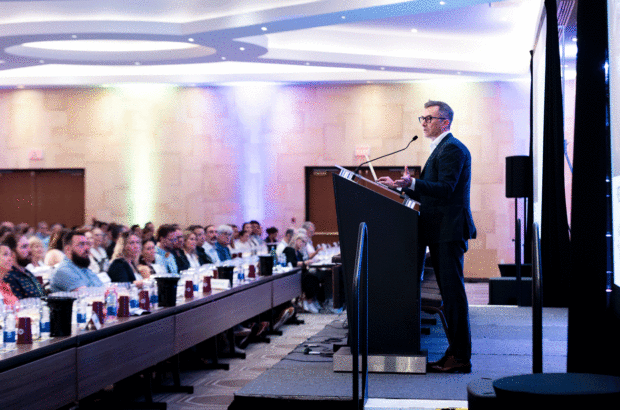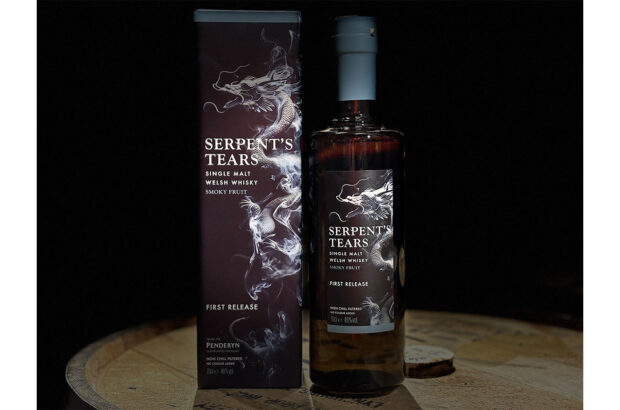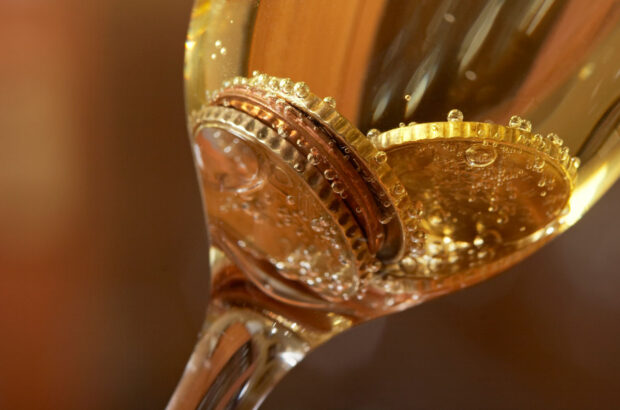Why Montrose 1990 makes the Decanter wine hall of fame...
Montrose 1990: The facts
Bottles produced N/A
Composition 64% Cabernet Sauvignon, 32% Merlot, 4% Cabernet Franc
Yield 38hl/ha
Alcohol 13%
Release price N/A
Price today £485 at Fine + Rare
A legend because…
Montrose was long renowned for its impressive but austere and tannic wines that needed years of cellaring. Then in 1989 and 1990 it produced a pair of wines that established it as the finest property in St-Estèphe, with Cos d’Estournel its closest rival.
Connoisseurs still discuss the relative merits of the two vintages, though the consensus is that the 1990 is, marginally, the finer of the two.
Looking back
Jean-Louis Charmolüe, whose ancestors had bought the estate in 1896, was the owner in 1990, and although he always maintained the very traditional style of Montrose, he was aware that wines of such severity were becoming less acceptable to a new generation of Bordeaux drinkers. He planted more Merlot, reducing the proportion of Cabernet Sauvignon. Charmolüe still produced massive wines in 1989 and 1990, though they were drinkable sooner than years such as 1959 and 1961 had been.
The vintage
The winter was mild and, after rain in April, May was very hot and dry. Flowering began well but was interrupted by poor weather that affected the set of the Cabernets. Extreme heat returned in July, leading to blocked ripening, August too was hot and dry, but there was some rain at the end of the month that relieved the parched vines and allowed the bunches to ripen fully. The harvest began in mid- September and continued until 3 October, giving ripe Merlots and concentrated Cabernets. Yields were generous across Bordeaux, despite energetic bunch- thinning; but in this regard Montrose seems to have been an exception.
The terroir
With its deep gravel soils, Montrose differs little in its terroir from Château Latour, its riverside counterpart in Pauillac. The vineyards, about 68ha in 1990, are in a single block about 800m from the Gironde, and their average age was about 40 years. But the gravel is no more than 2m deep – ample for excellent drainage, but no match for the profundity of Latour’s soils. Beneath the gravel is a layer of limestone and clay. Like other top châteaux in St-Estèphe, Montrose also has parcels with a high clay content, which may explain the hefty tannins of the wine, and also why more Merlot, always at home on clay, was planted in the 1980s. Charmolüe told me early in 1990 that he planned to bunch-thin the Merlot that year to ensure it would not weaken the wine’s structure.
The wine
The grapes were fermented in wooden vats with frequent pumpovers, and the malolactic fermentation also took place in those vats. The wine was aged for 18 months in at least 50% new oak, racked regularly, and after a light egg-white fining, it was bottled unfiltered.
The reaction
Tasting the wine in November 2016, Decanter’s Jane Anson noted: ‘Tertiary aromas and flavours are coming to the fore, but confidently so. There is still a sense of freshness to the black fruits, and this wine has a way to go – the pleasures of a ripe Bordeaux vintage are still very much intact.’
More wine legends:







